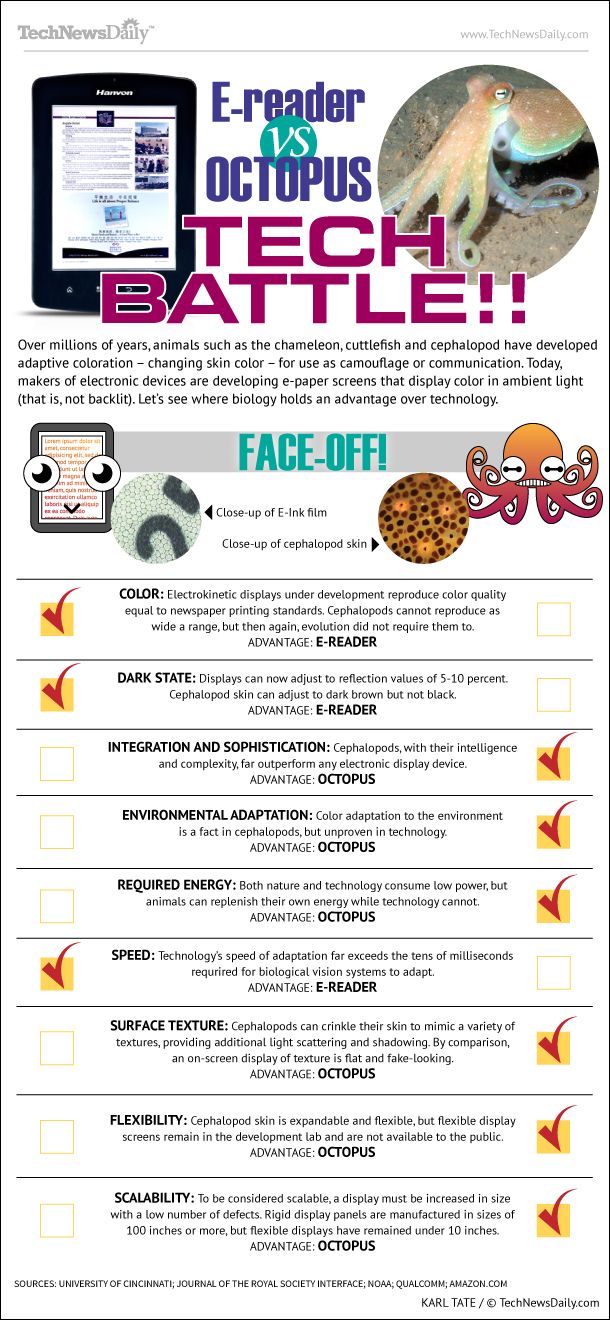Octopuses and chameleons are known for their ability to blend in with their surroundings thanks to their impressive camouflage techniques. Octopuses use chromatophores on their skin to change colour and texture to match their environment, while chameleons use iridophores to reflect light and create colour-changing effects. Both animals can change their skin to match textures too, but the octopus has a wider variety of colours to choose from. The octopus is most effective in the ocean, while the chameleon is most effective in forested areas. Despite their different approaches, both, it seems, are masters of disappearing in plain sight.
Octopus vs. Chameleon: The Battle of the Ultimate Camouflagers
When it comes to camouflage, two creatures come to mind – the octopus and the chameleon. Both of these animals have the ability to blend in with their surroundings, making them nearly invisible to predators and prey alike. However, there are some key differences between these creatures and their camouflage techniques. Let’s take a closer look.
Appearance and Anatomy
The octopus is a soft-bodied creature with a bulbous head and eight arms. These arms are lined with rows of suction cups that allow it to grip onto surfaces and move with ease. The skin of an octopus is covered in pigment cells called chromatophores, which allow it to change color and texture in response to its environment. This ability allows the octopus to blend in with its surroundings, whether it’s hiding from a predator or stalking prey.
The chameleon, on the other hand, is a reptile with a long, slender body and a tapering tail. Its most distinguishing feature, of course, is its long, sticky tongue that it uses to catch insects. But it’s the chameleon’s skin that really sets it apart. The skin of a chameleon is made up of layers of cells that contain different pigments, much like the octopus. However, instead of chromatophores, chameleons have iridophores, which are specialized cells that reflect light and create the chameleon’s characteristic color changing effect.
Camouflage Techniques
Both the octopus and chameleon use their ability to change color to hide from predators or ambush prey.
The octopus has an impressive range of colors it can change into, from bright whites and blues to deep browns and grays. It can even create patterns on its skin that mimic the texture of rocks or coral. When the octopus wants to blend in with its environment, it will contract its muscles to make its skin take on the color and texture of its surroundings. This can make it nearly impossible to spot.
Similarly, the chameleon can change its skin color to blend in with its surroundings. However, it can also change the texture of its skin to blend in even better. For example, if the chameleon is sitting on a branch, it can make its skin look like the bark to blend in more effectively.
Advantages and Disadvantages
While both the octopus and the chameleon are incredibly adept at camouflage, they each have their strengths and weaknesses.
The octopus is a master of disguise, able to change into a wide variety of colors and textures. However, its soft body makes it vulnerable to predators, and it can’t move as quickly as other animals. Additionally, the octopus can only change its skin color when it’s in direct contact with a surface, so it can’t blend in if it’s swimming in mid-water.
The chameleon, on the other hand, has the advantage of being able to change both its color and texture, making it incredibly difficult to spot. It’s also a fast runner and an impressive climber, allowing it to escape predators quickly. However, its ability to change color is limited to a range of green, brown, and gray, which makes it less versatile in complex environments than the octopus.
The Winner?
So which is the ultimate camouflager – the octopus or the chameleon? It’s hard to say, as both creatures are incredibly skilled at disappearing into their surroundings. Perhaps the winner is the one that is best suited to its environment. The octopus is most effective in the ocean, where it can use its color changing abilities to blend in with the seafloor. The chameleon, on the other hand, is most effective in forests and other wooded areas, where its ability to mimic the texture of bark and leaves makes it nearly invisible.
Conclusion
Overall, the octopus and the chameleon are both incredible creatures with amazing camouflage abilities. While they may use different techniques to blend in with their surroundings, both animals have mastered the art of disappearing in plain sight. Whether you’re a predator or prey, it’s always best to keep your eyes peeled for these masters of disguise.
